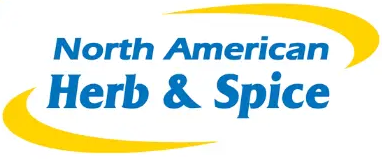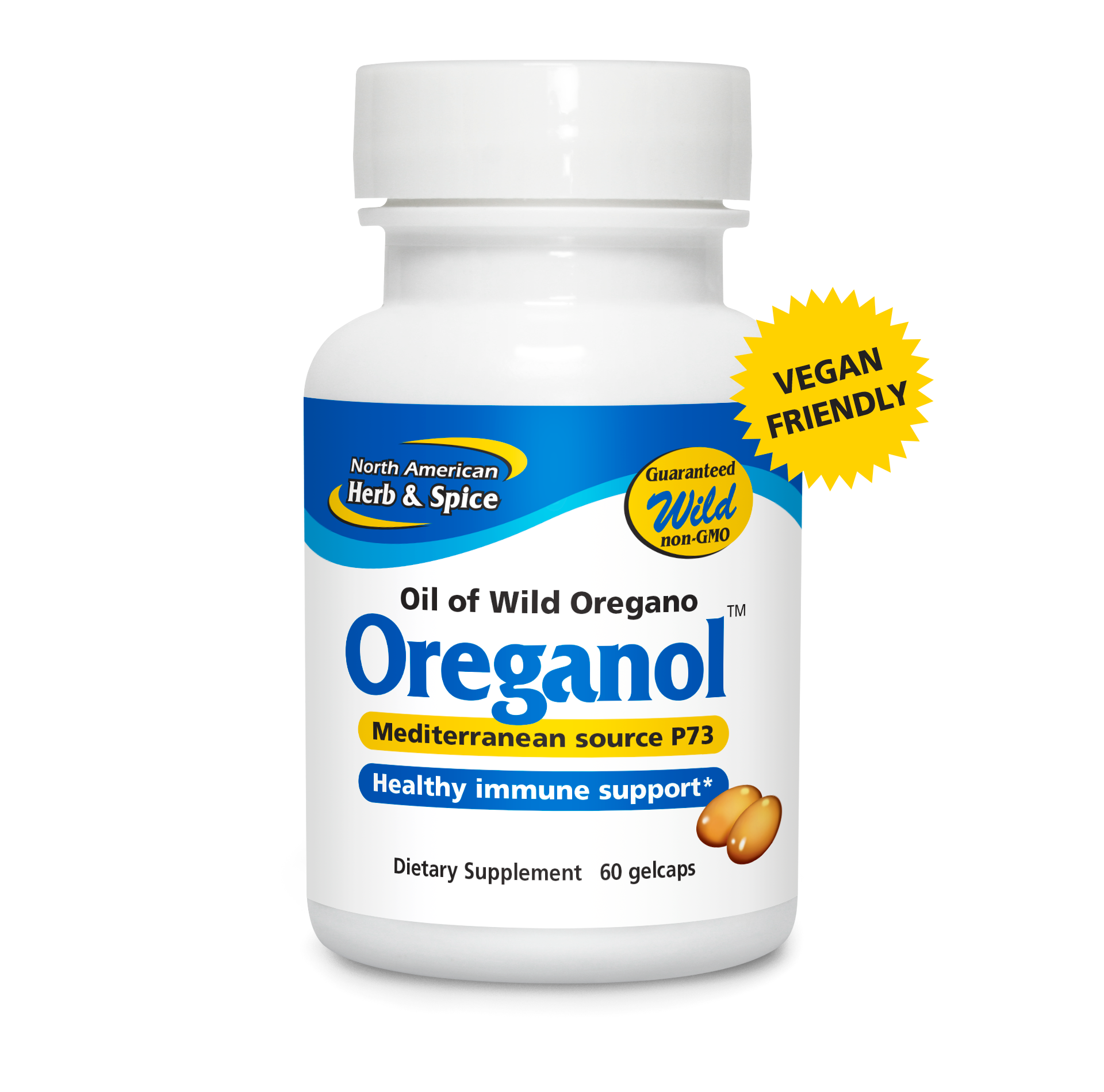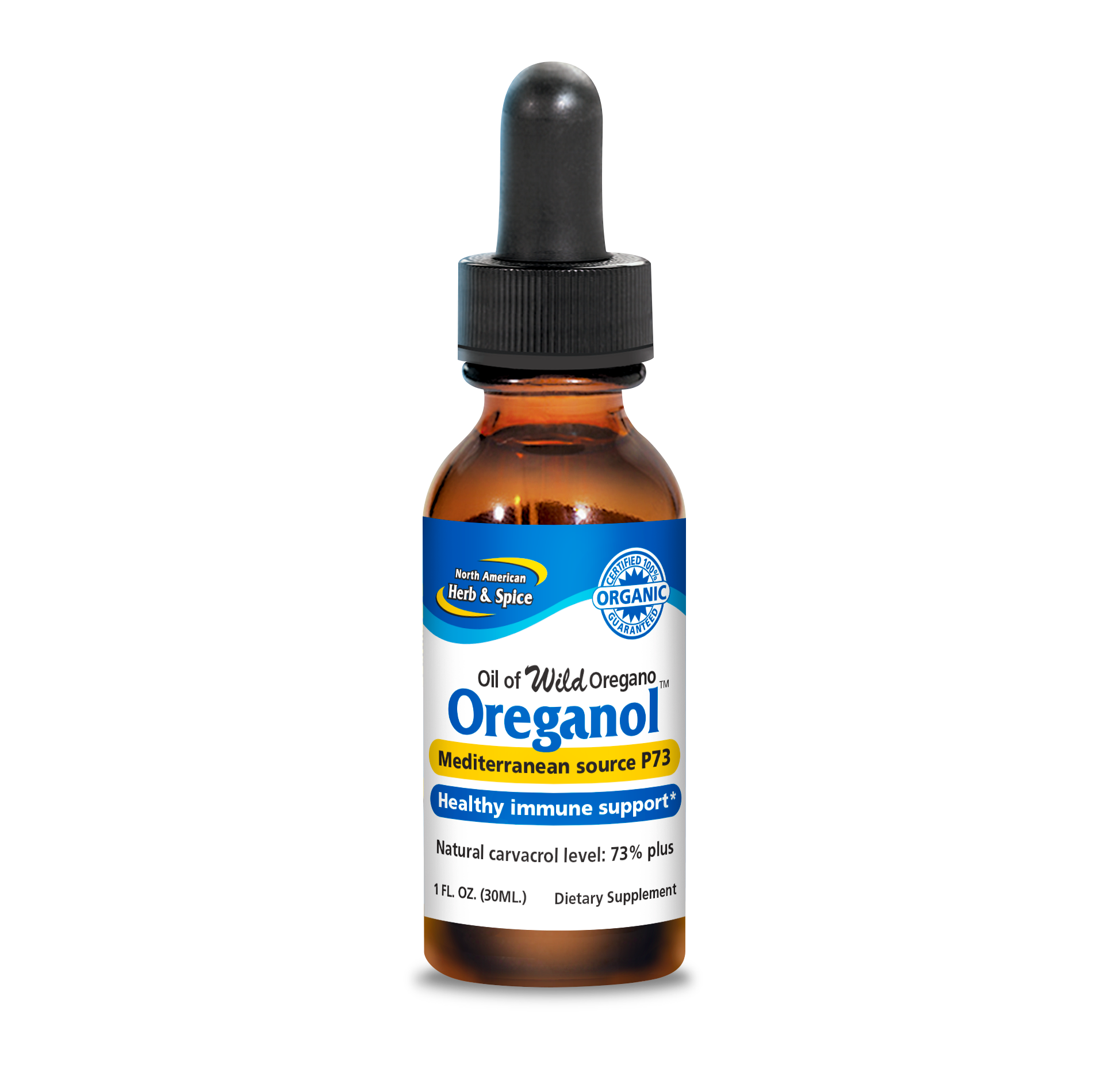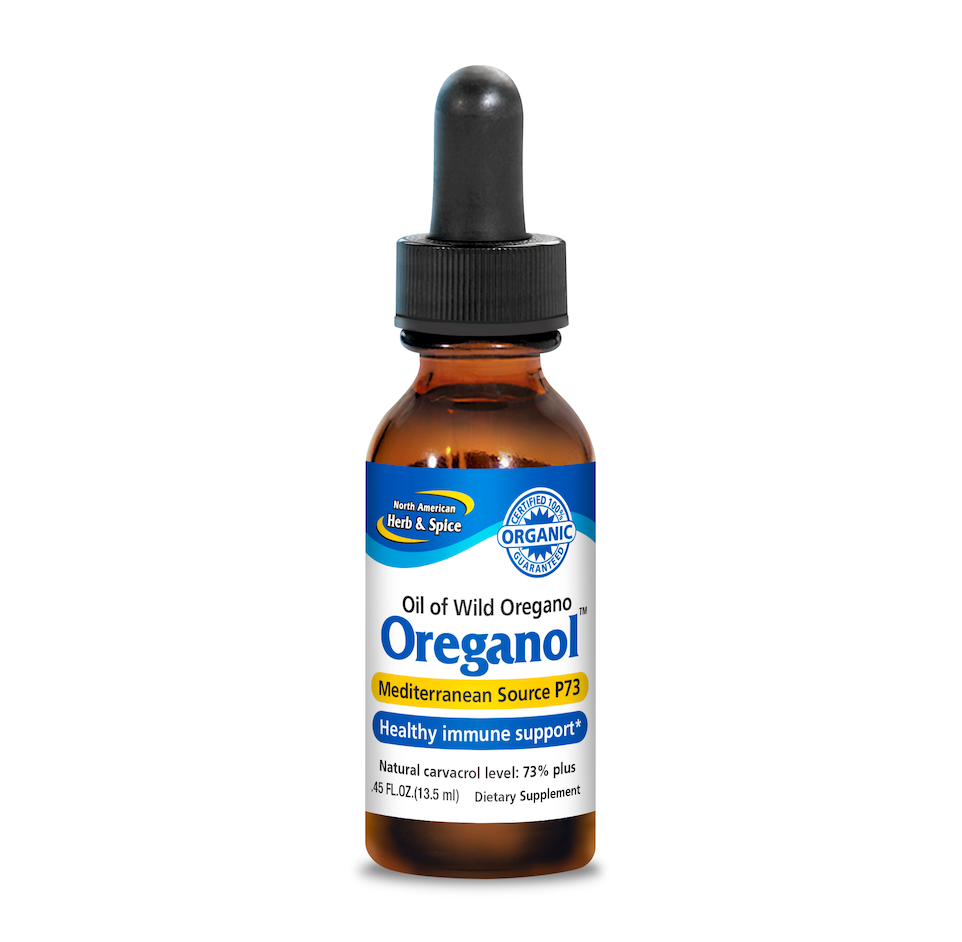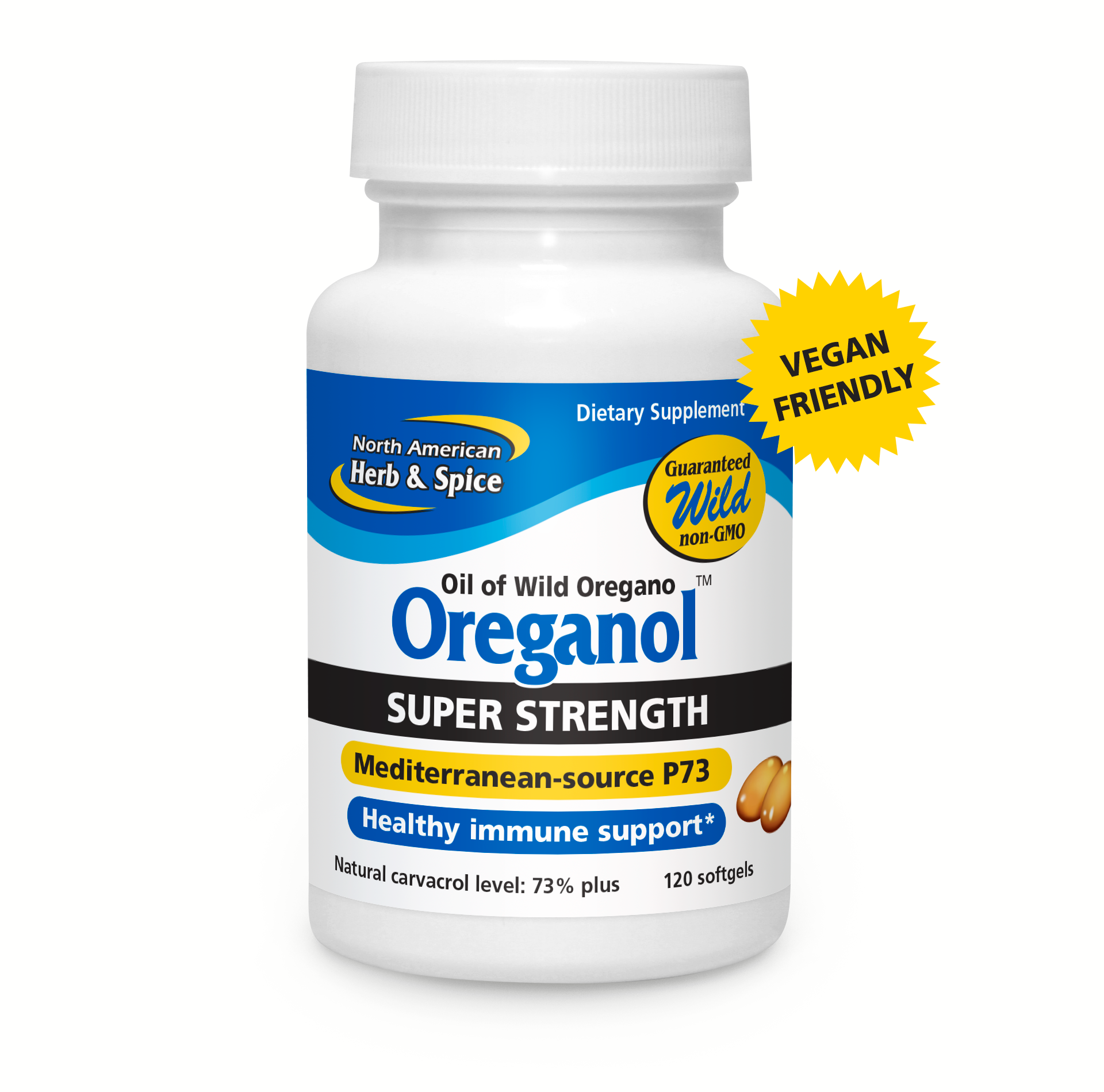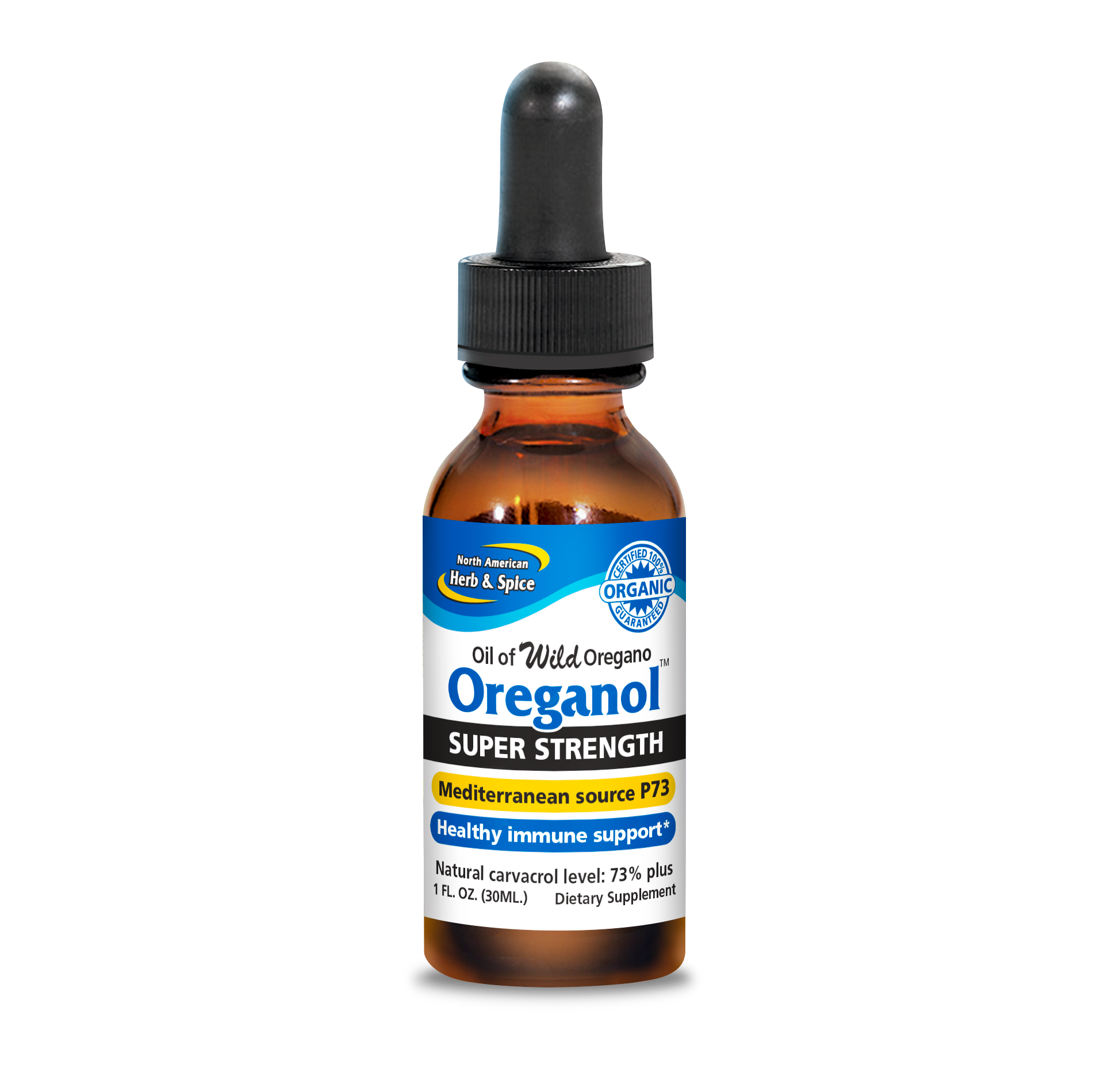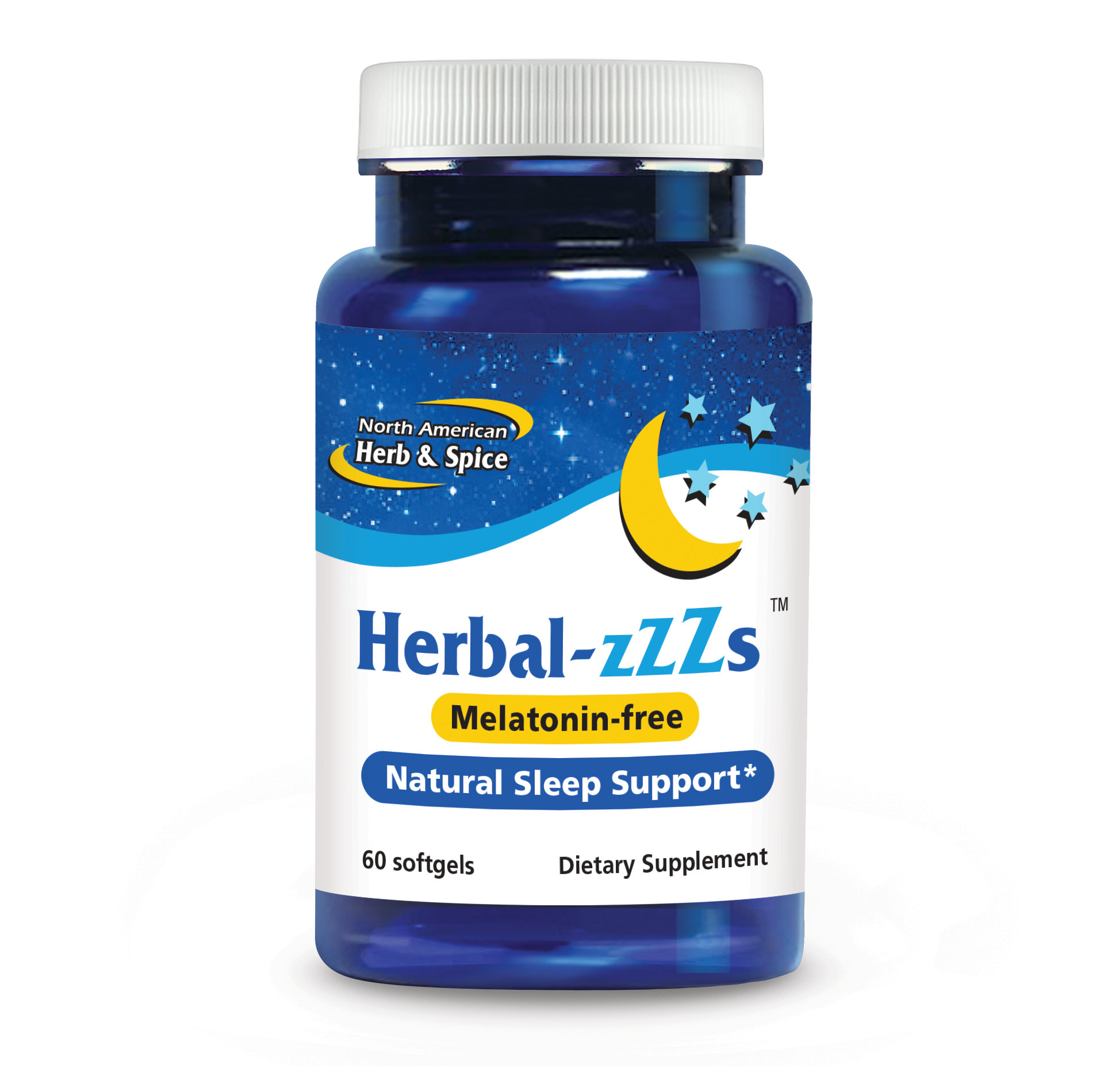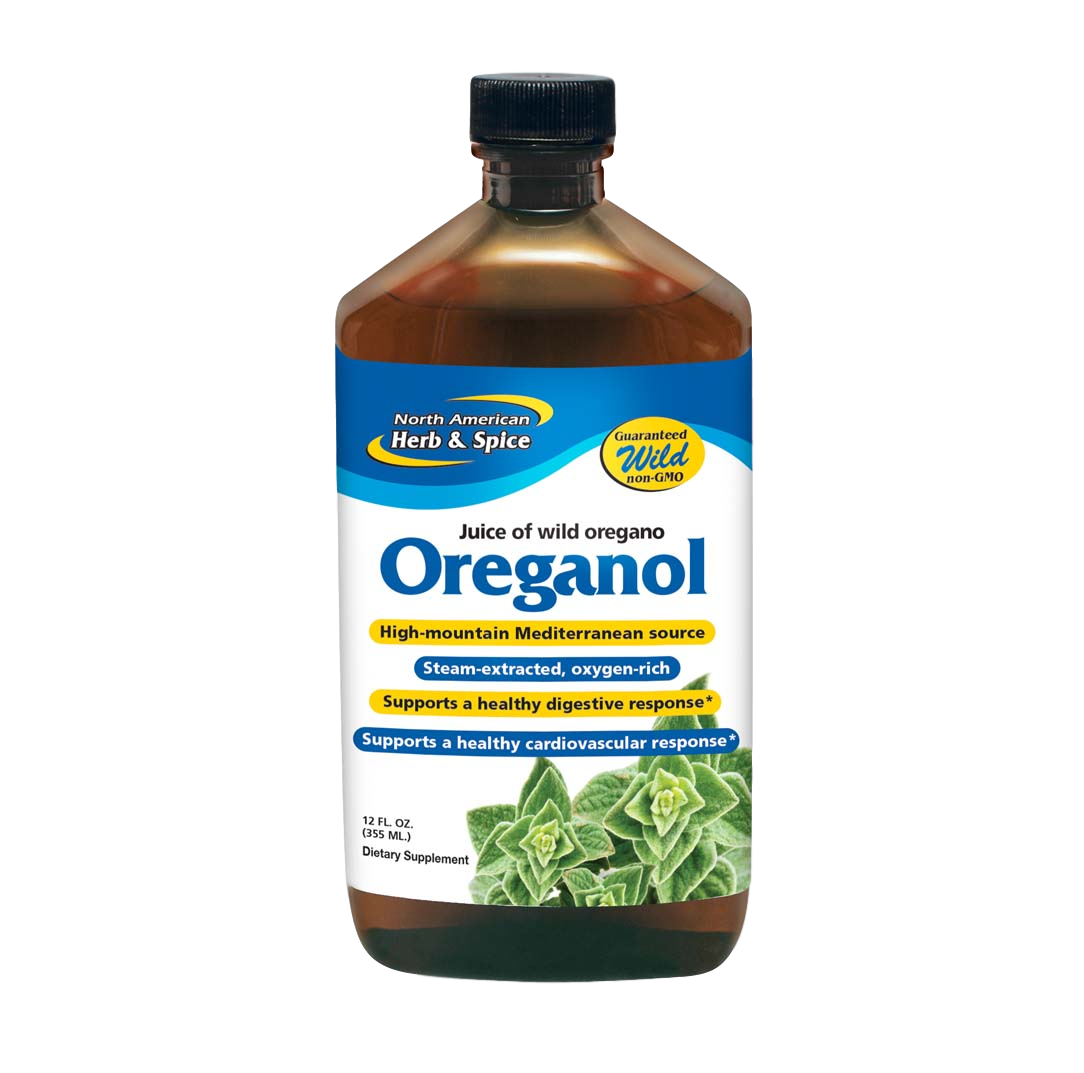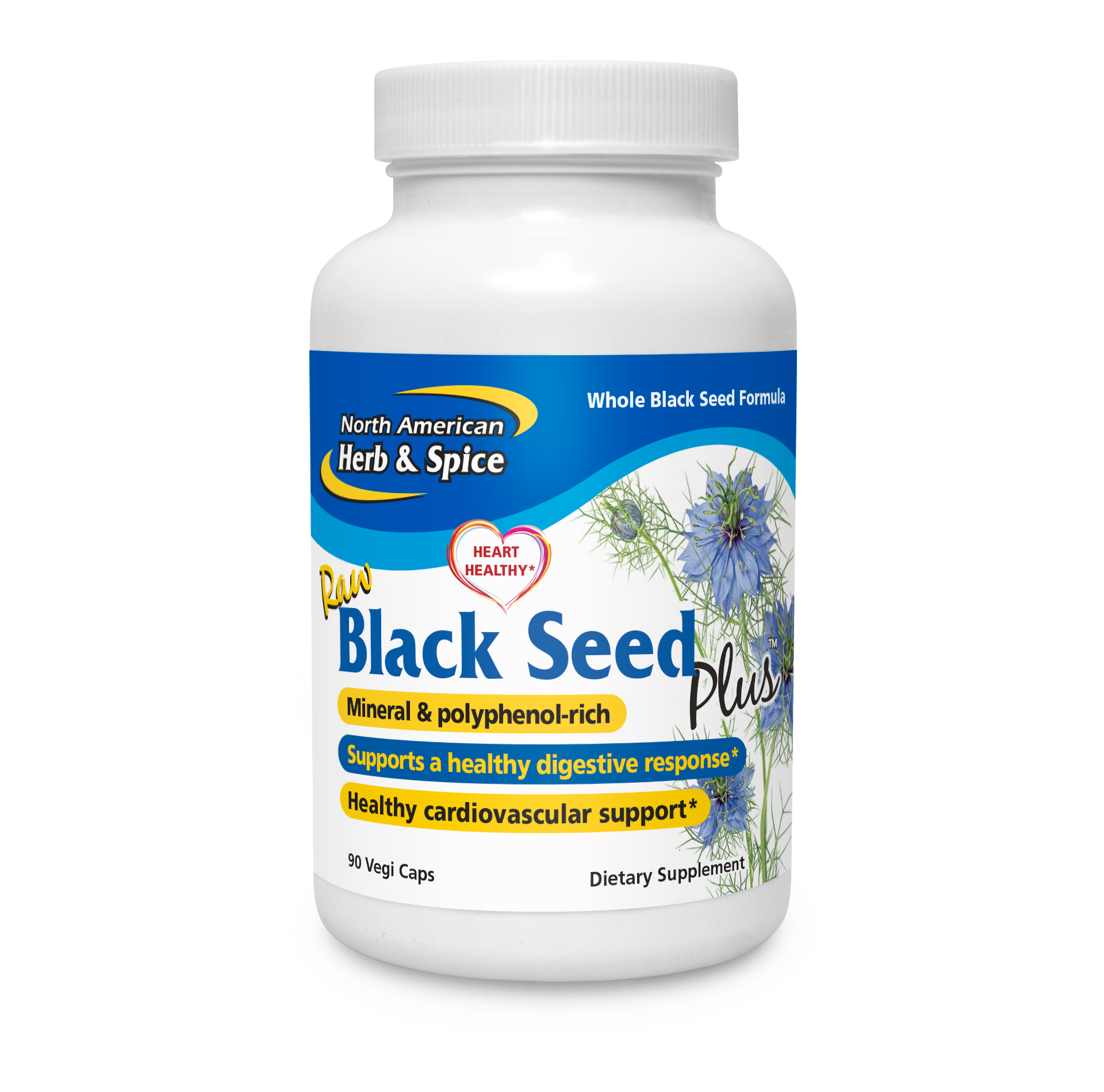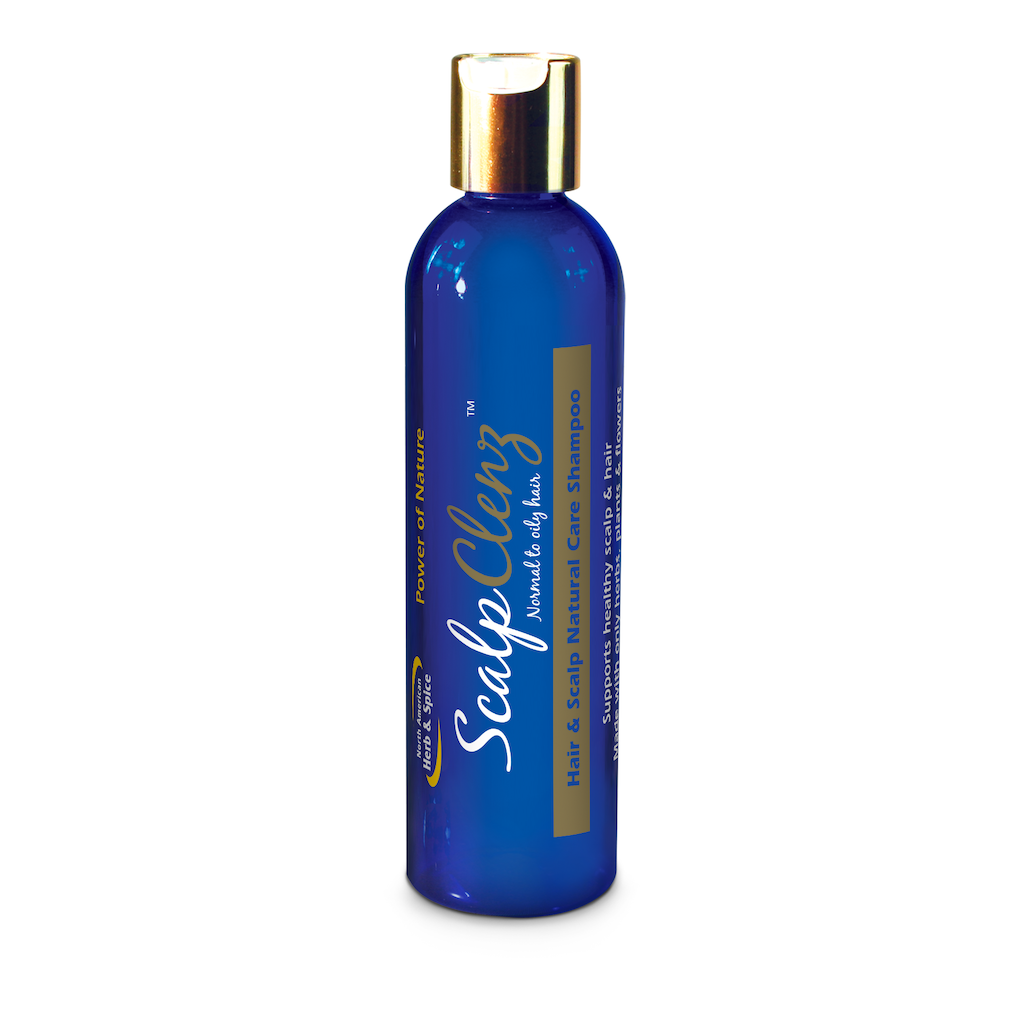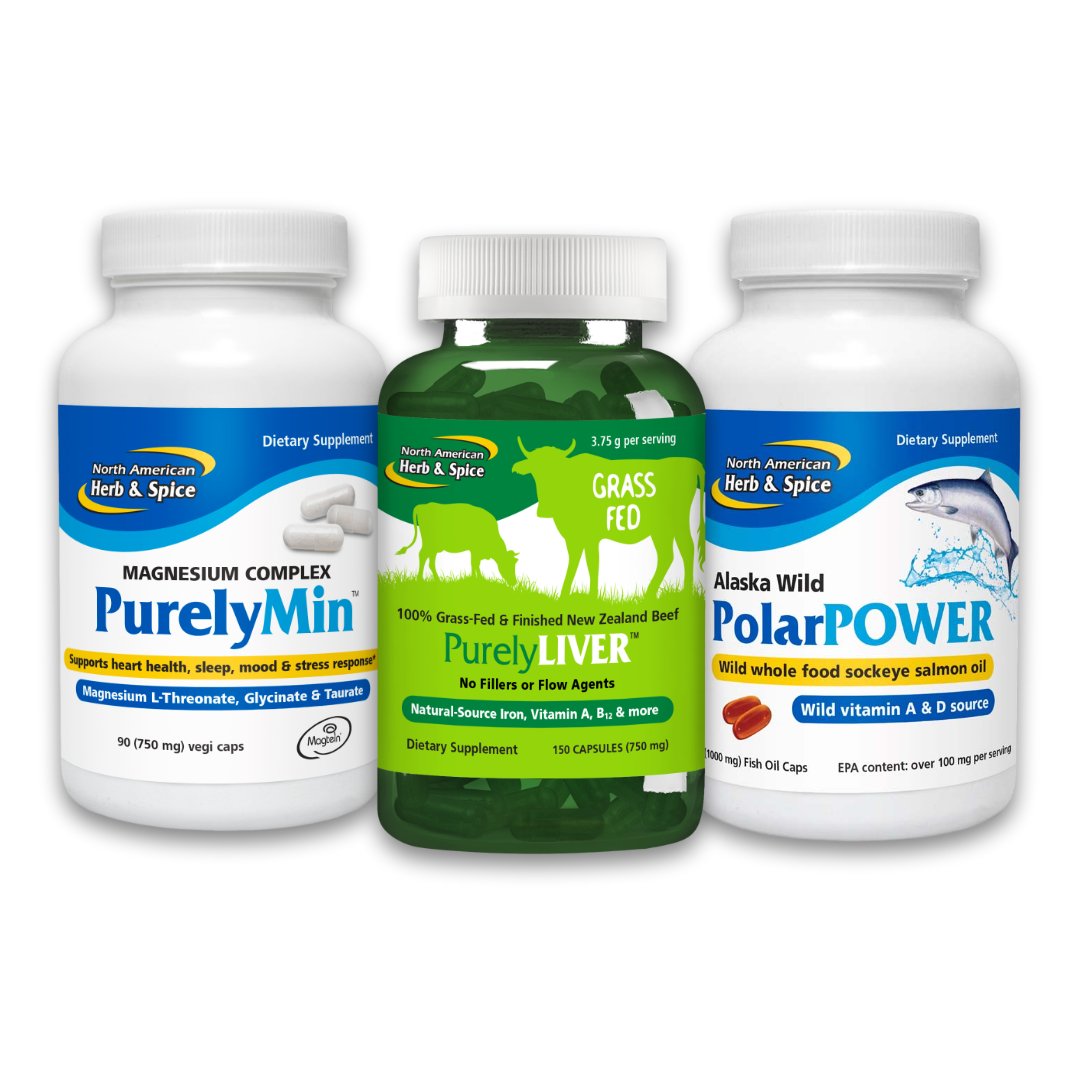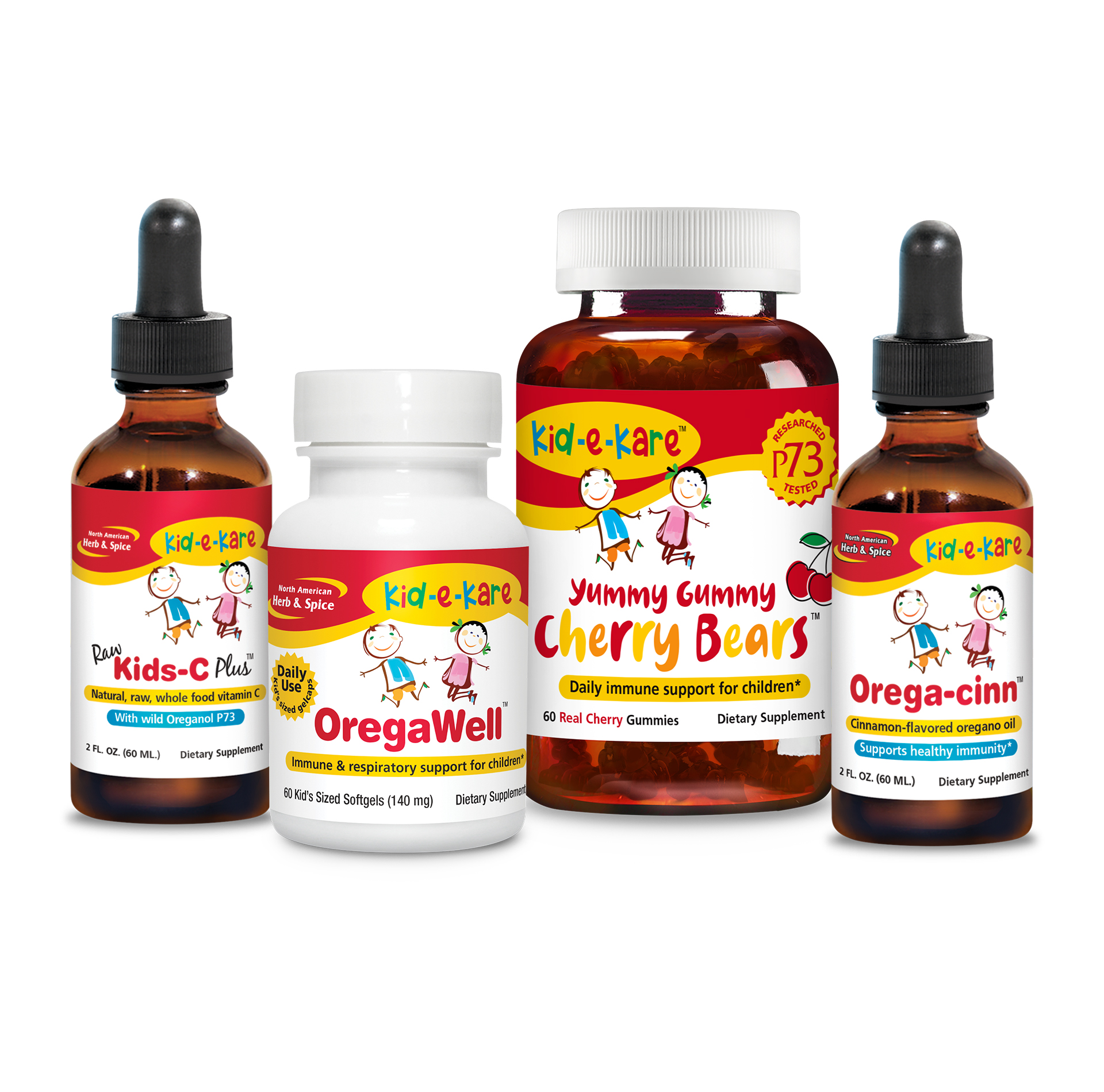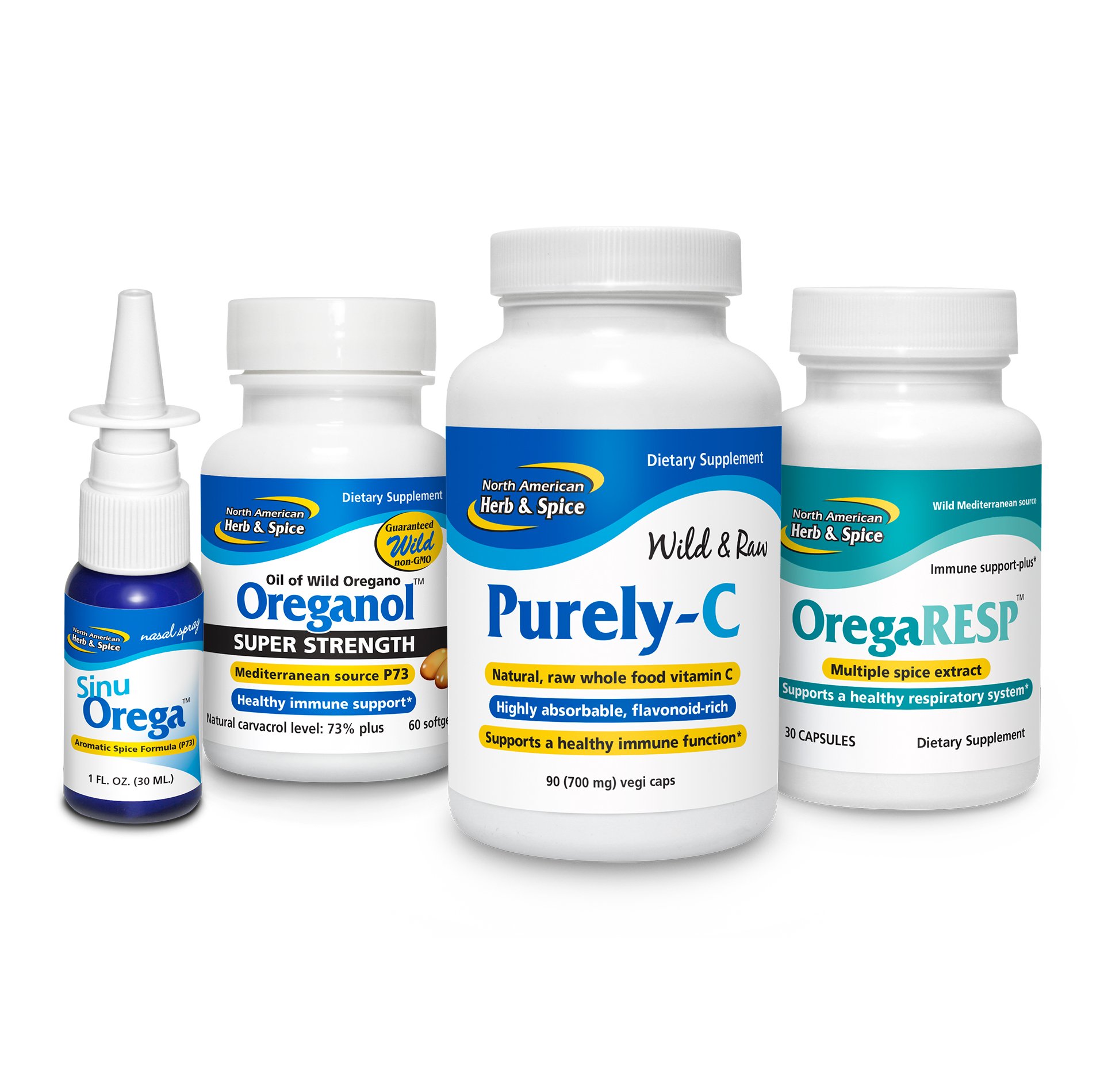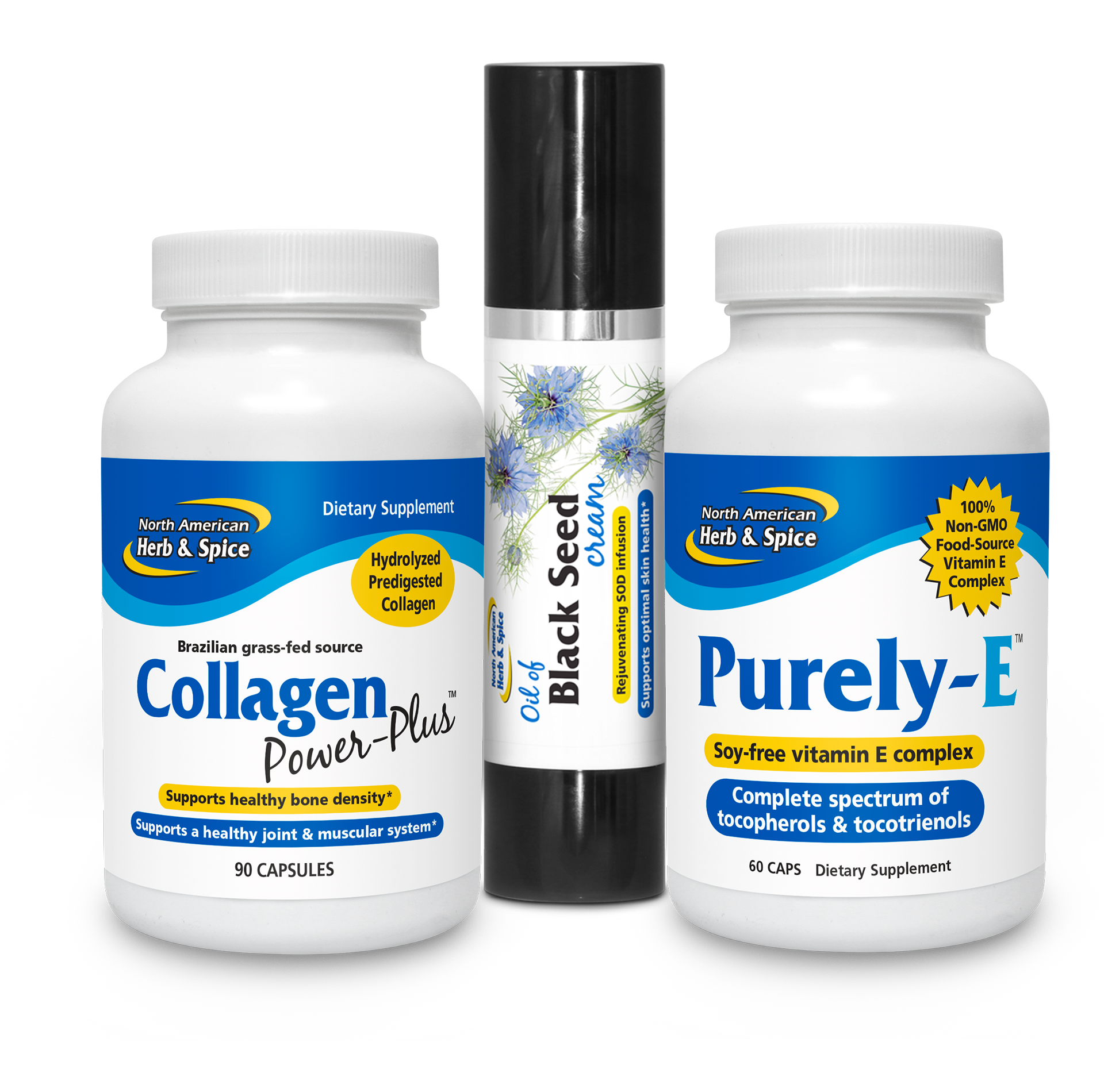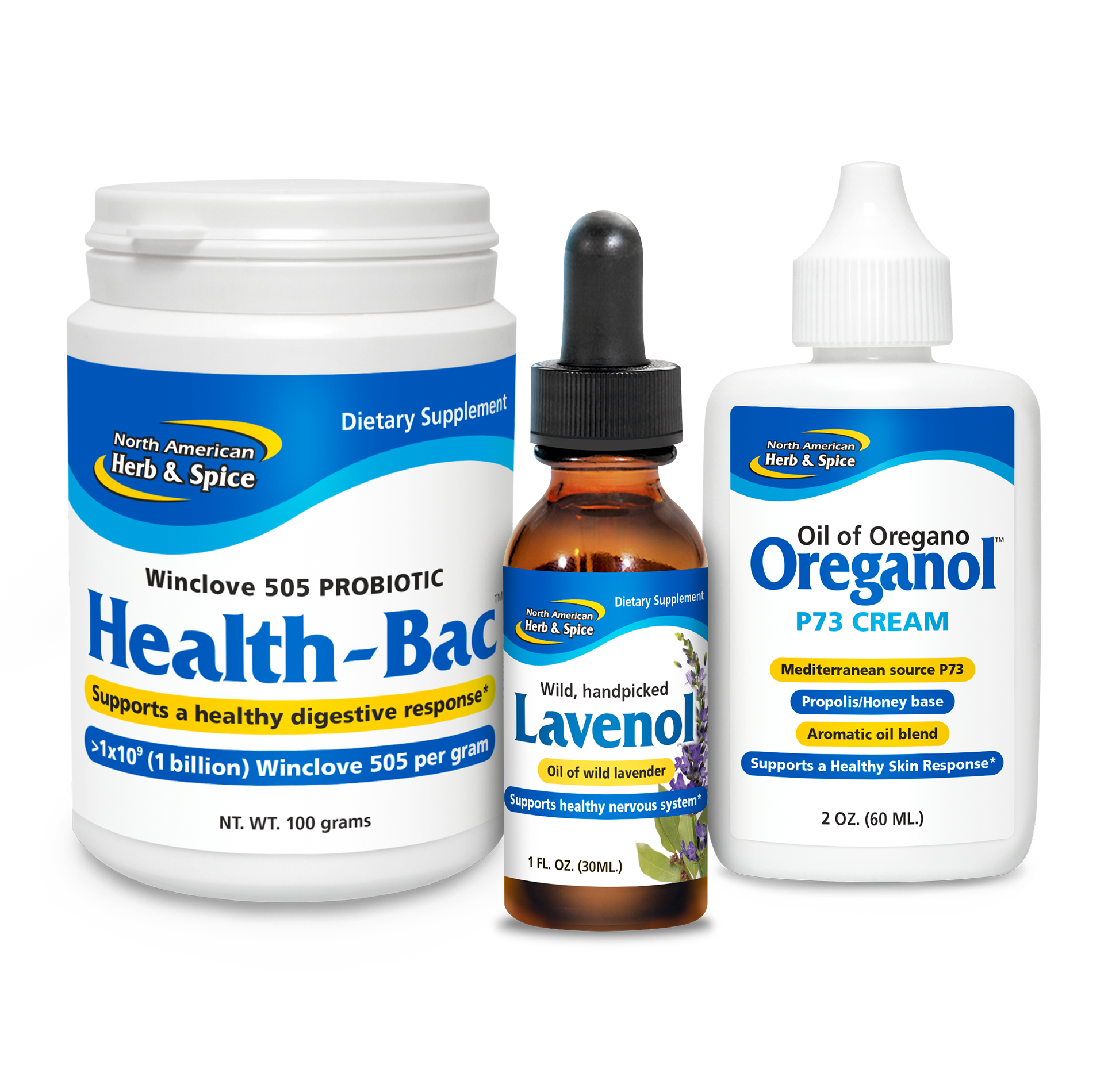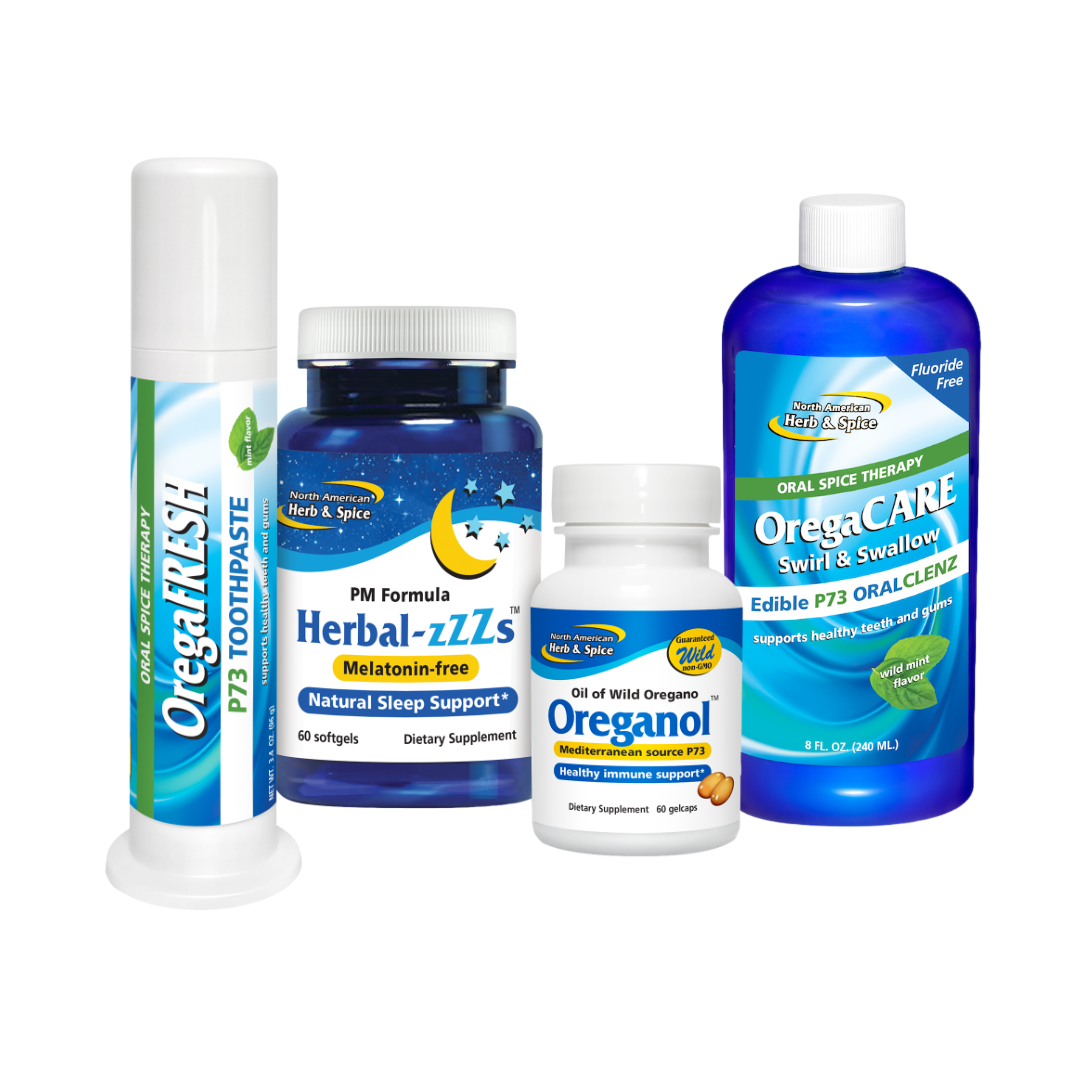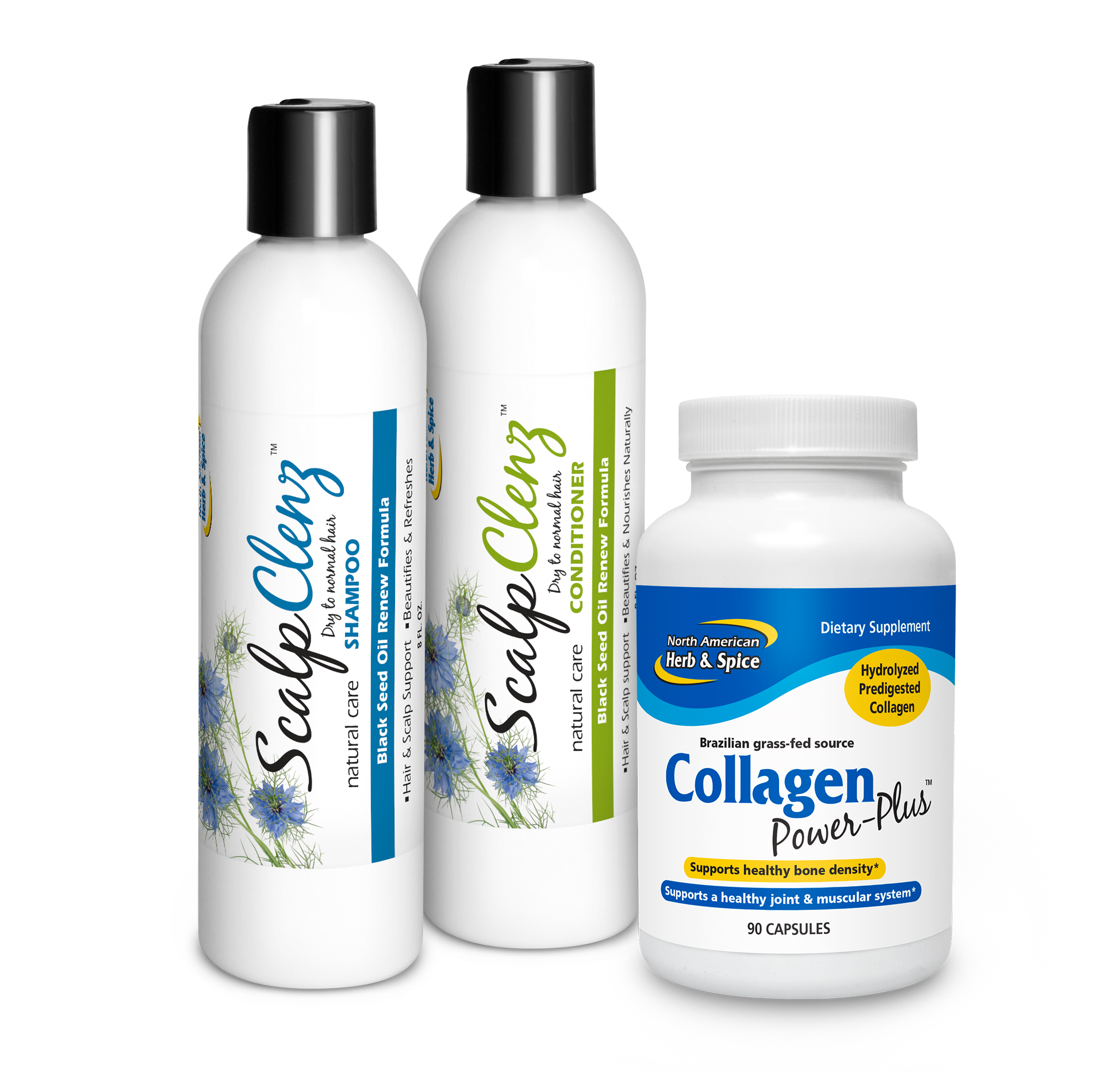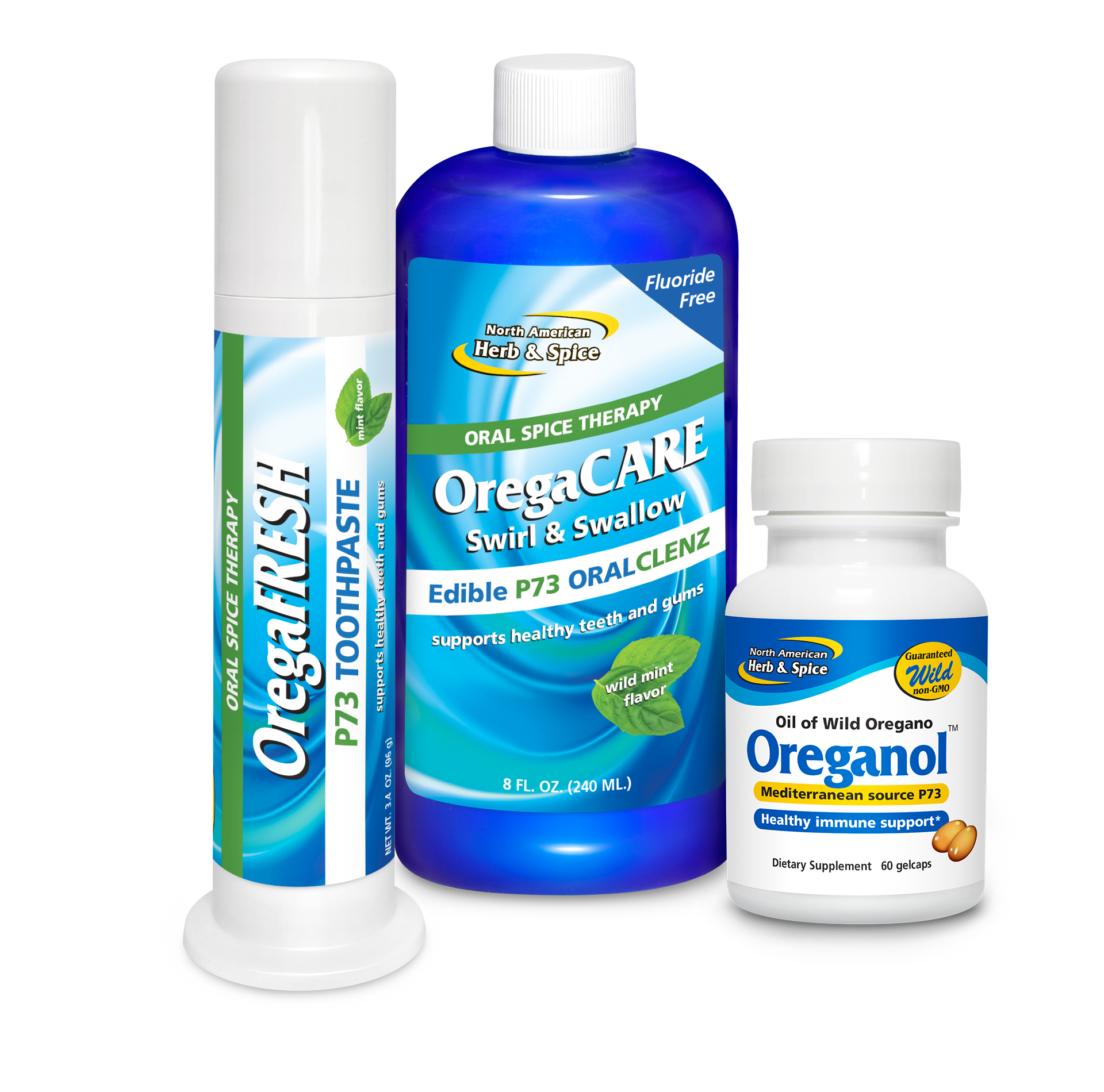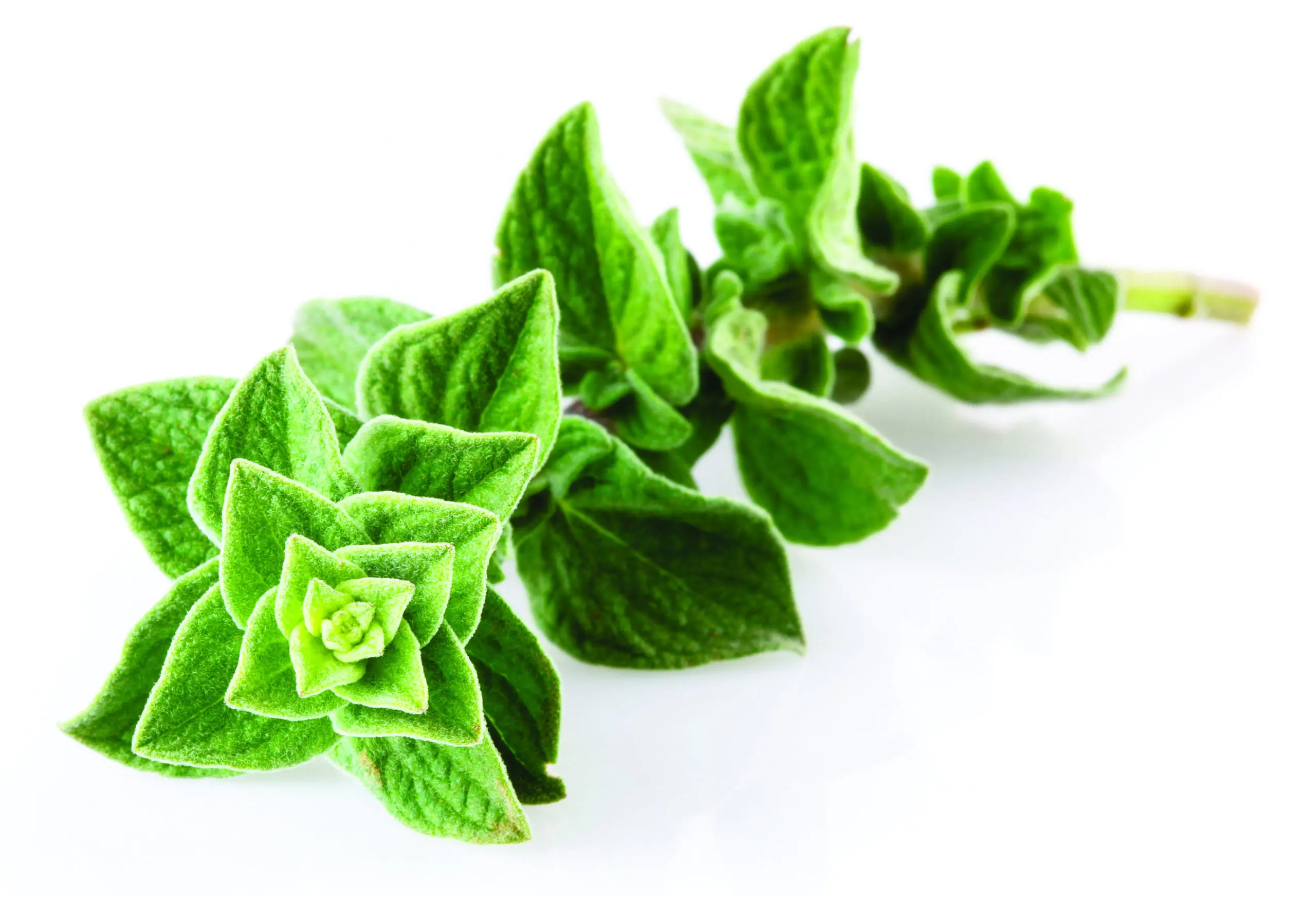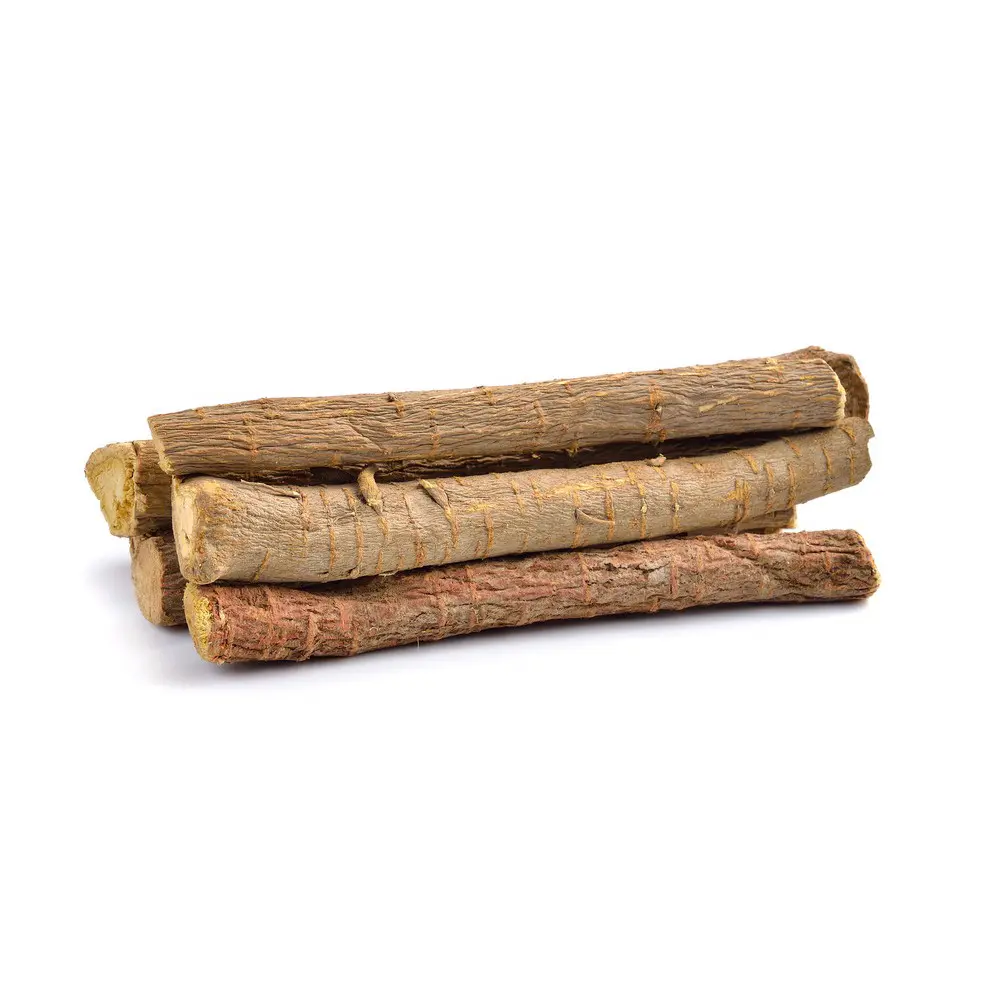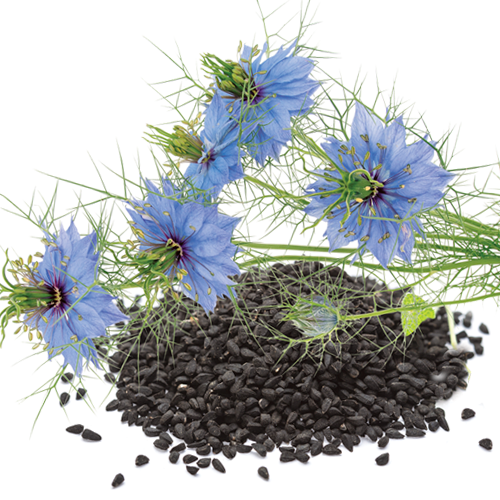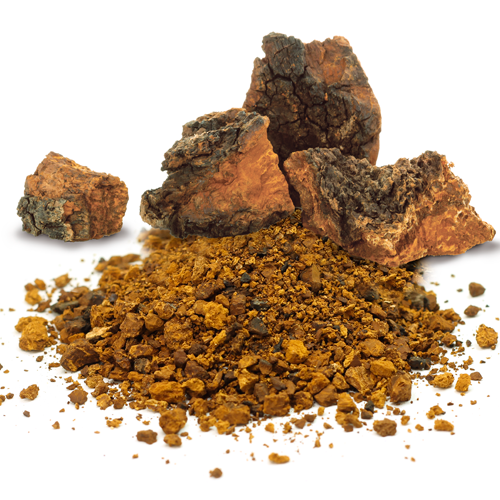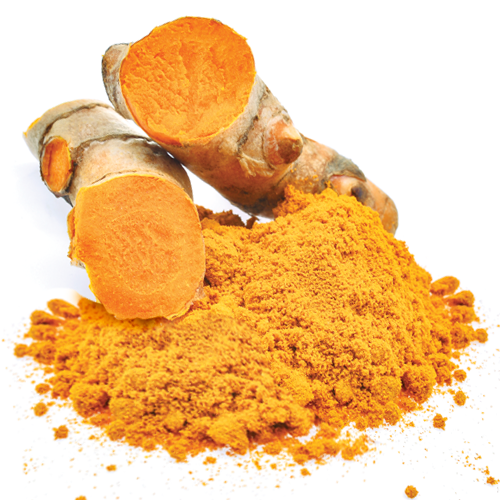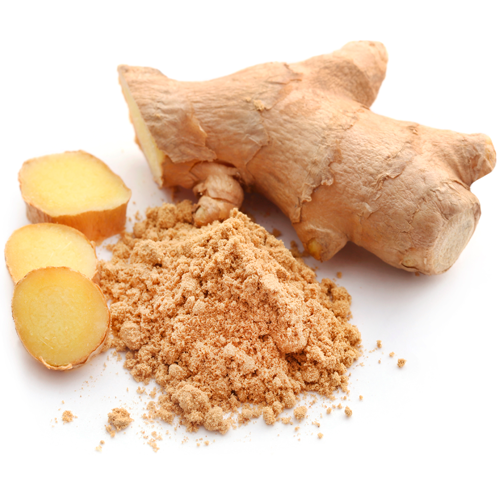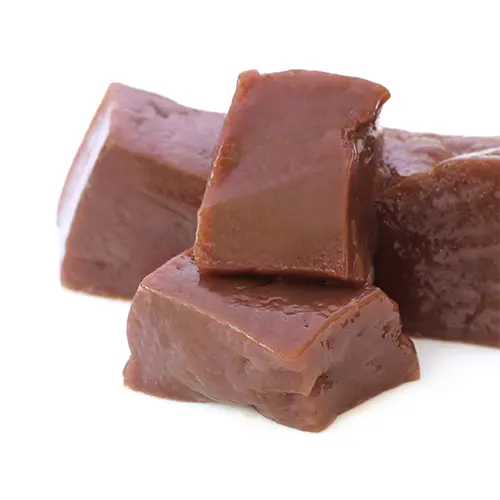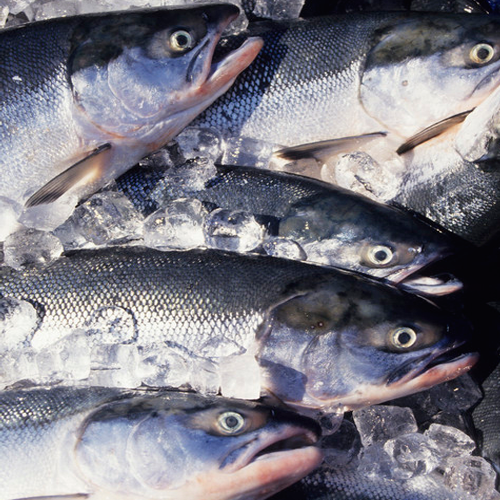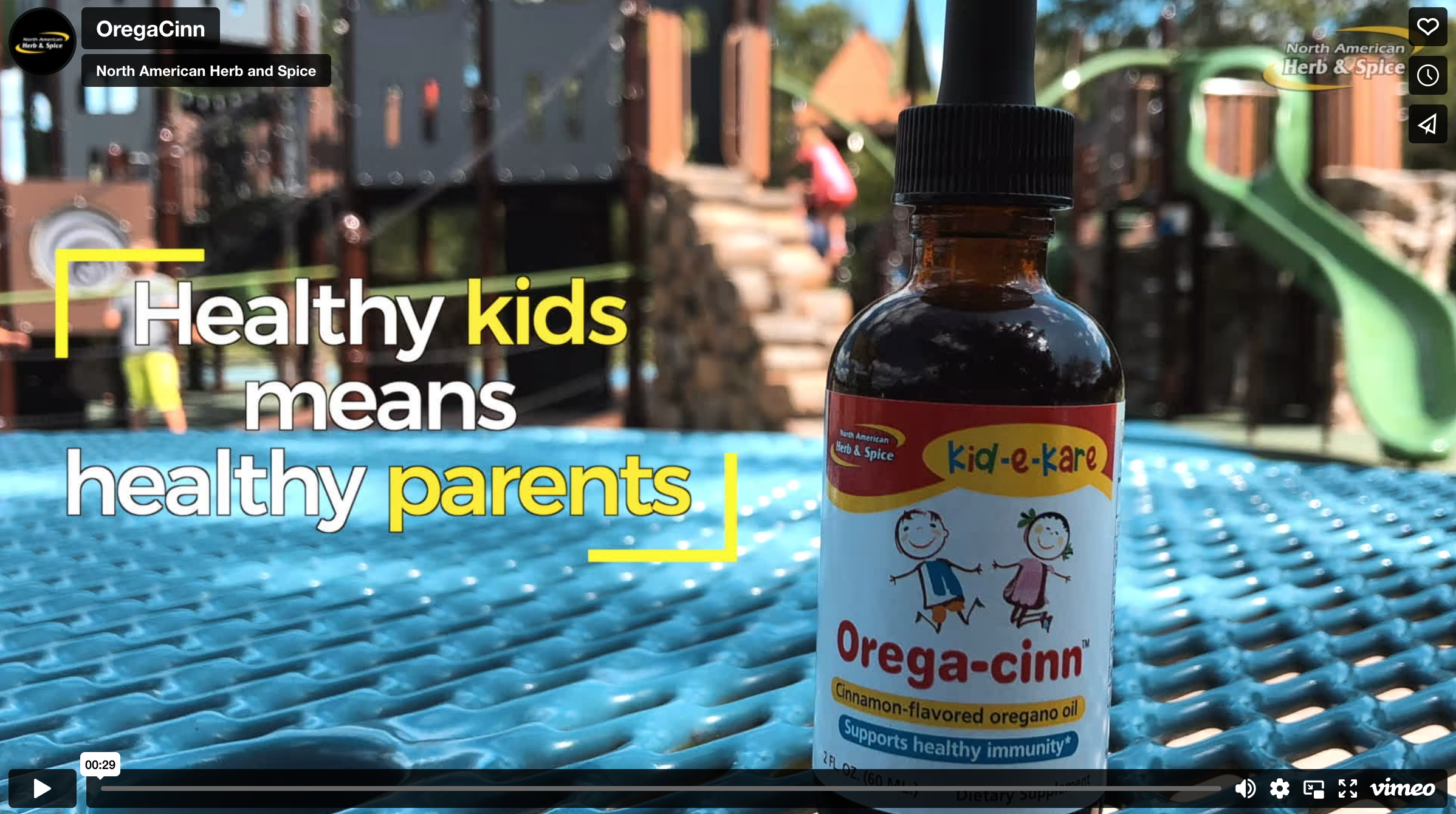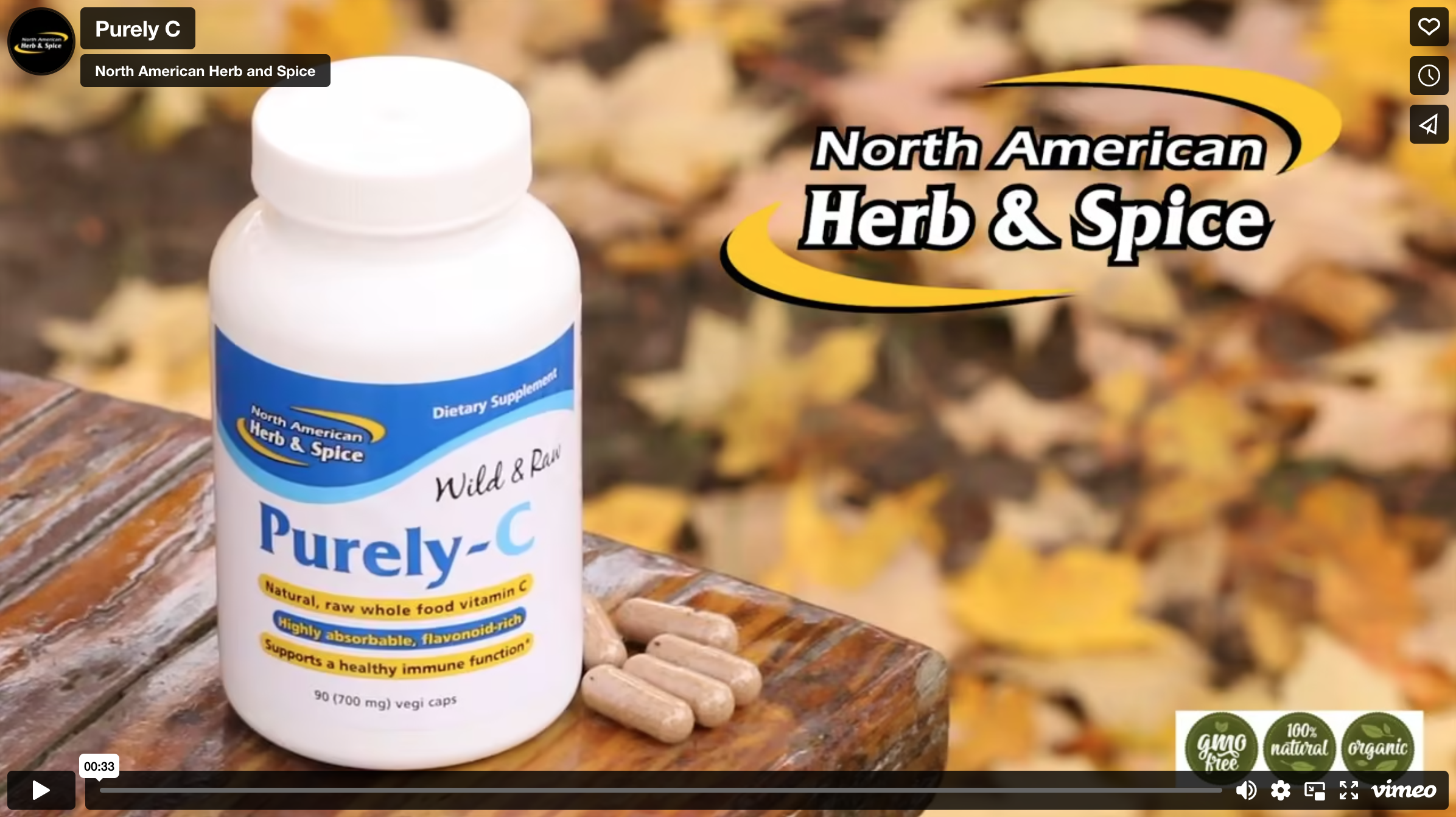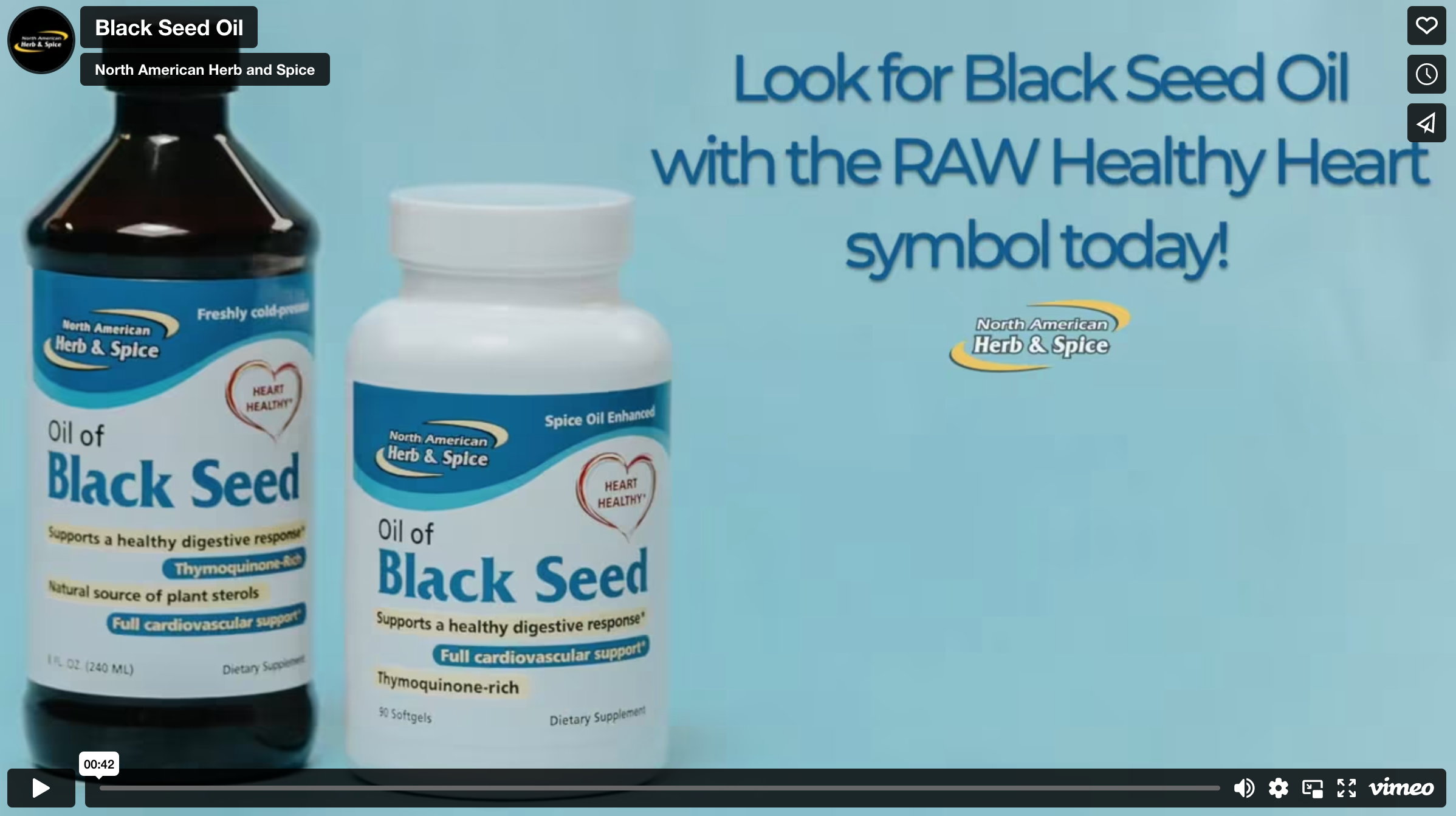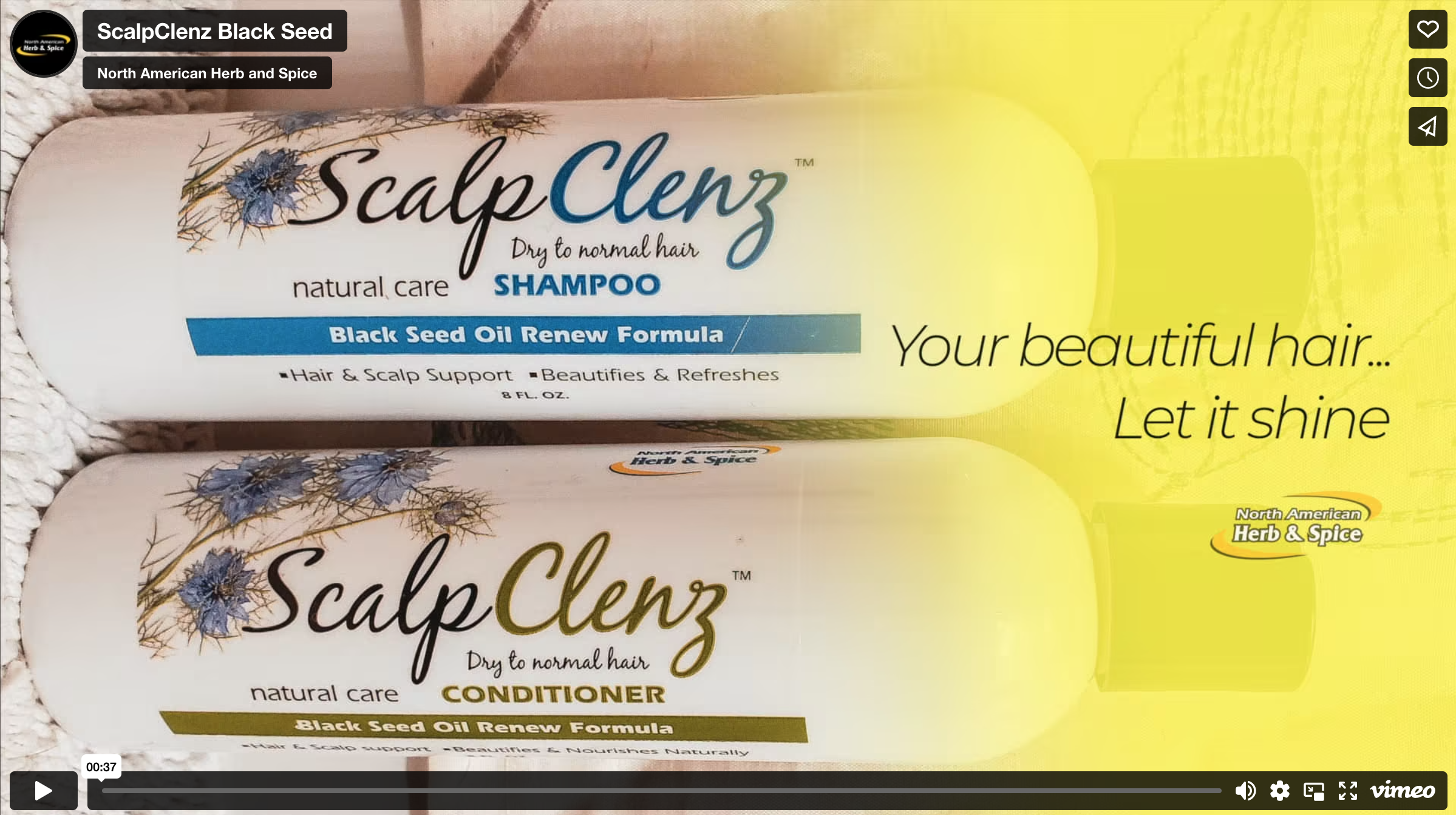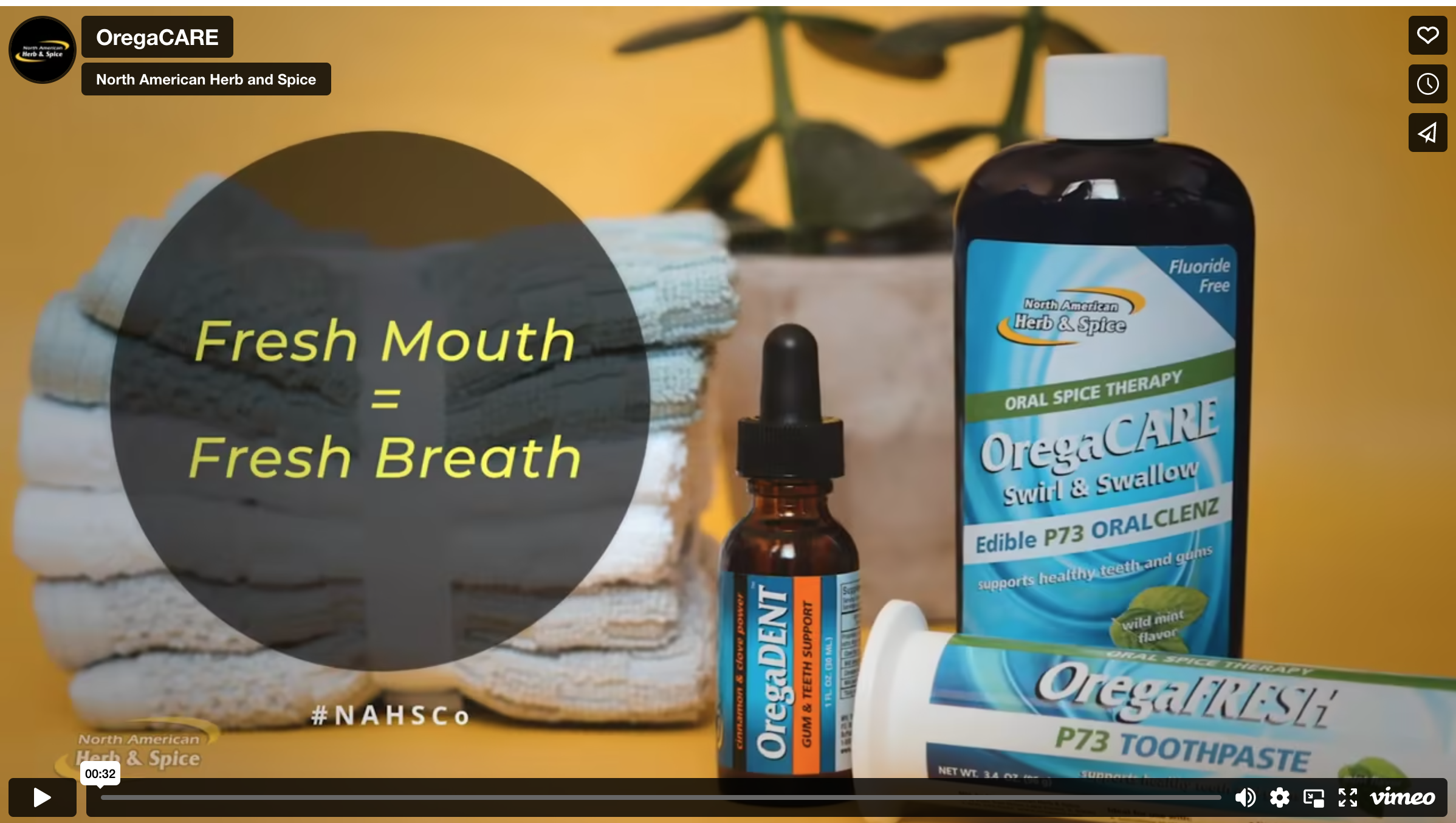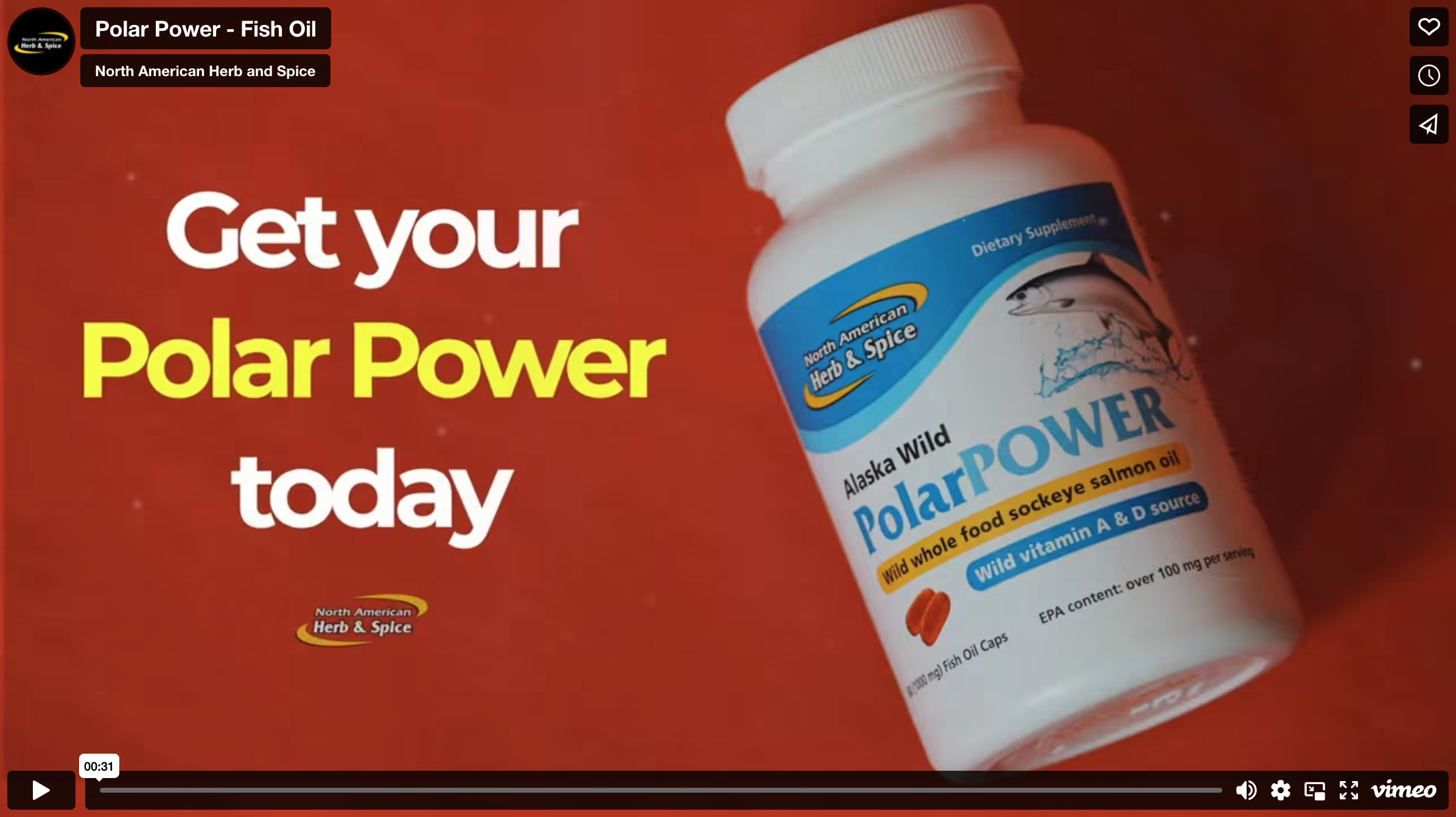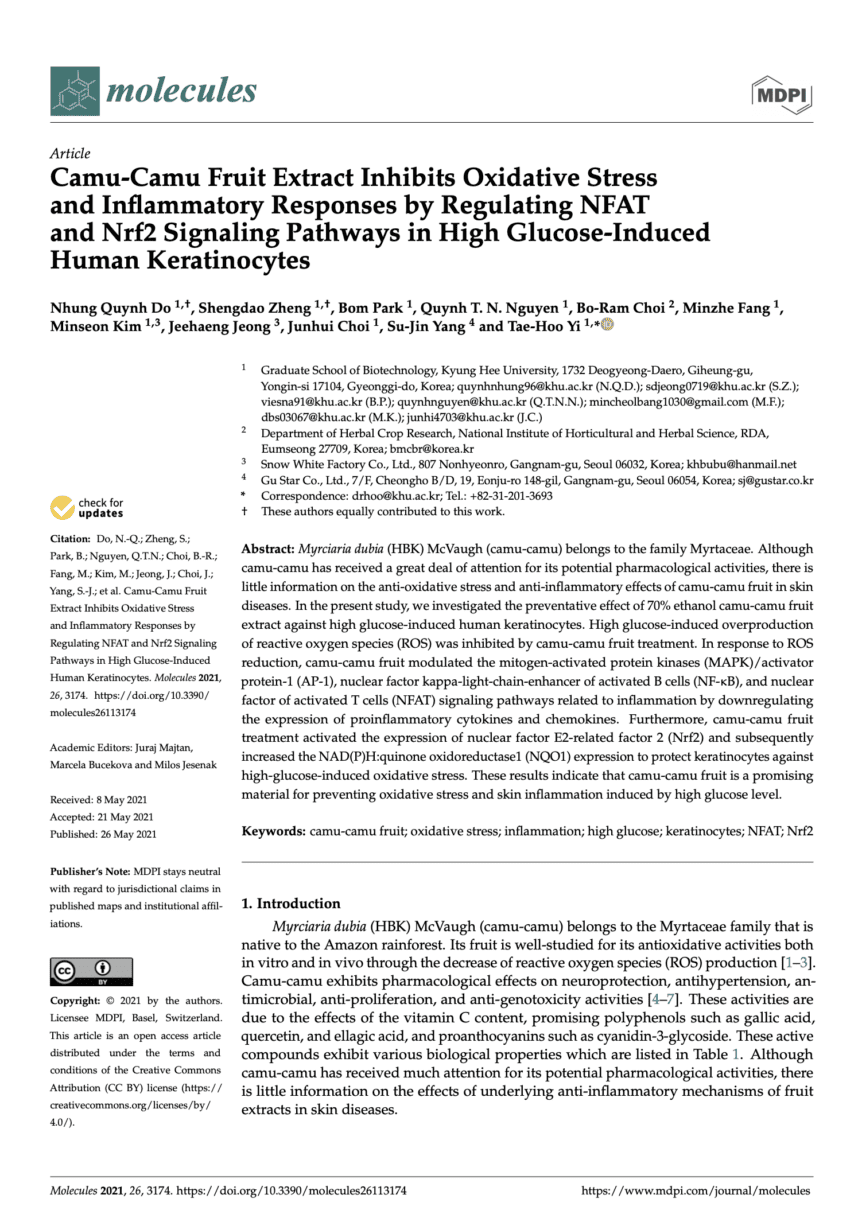
Camu-Camu Fruit Extract Inhibits Oxidative Stress and Inflammatory Responses by Regulating NFAT and Nrf2 Signaling Pathways in High Glucose-Induced Human Keratinocytes
Myrciaria dubia (HBK) McVaugh (camu-camu) belongs to the family Myrtaceae. Although camu-camu has received a great deal of attention for its potential pharmacological activities, there is little information on the anti-oxidative stress and anti-inflammatory effects of camu-camu fruit in skin diseases. In the present study, we investigated the preventative effect of 70% ethanol camu-camu fruit extract against high glucose-induced human keratinocytes. High glucose-induced overproduction of reactive oxygen species (ROS) was inhibited by camu-camu fruit treatment. In response to ROS reduction, camu-camu fruit modulated the mitogen-activated protein kinases (MAPK)/activator protein-1 (AP-1), nuclear factor kappa-light-chain-enhancer of activated B cells (NF-κB), and nuclear factor of activated T cells (NFAT) signaling pathways related to inflammation by downregulating the expression of proinflammatory cytokines and chemokines. Furthermore, camu-camu fruit treatment activated the expression of nuclear factor E2-related factor 2 (Nrf2) and subsequently increased the NAD(P)H:quinone oxidoreductase1 (NQO1) expression to protect keratinocytes against high-glucose-induced oxidative stress. These results indicate that camu-camu fruit is a promising material for preventing oxidative stress and skin inflammation induced by high glucose level.
